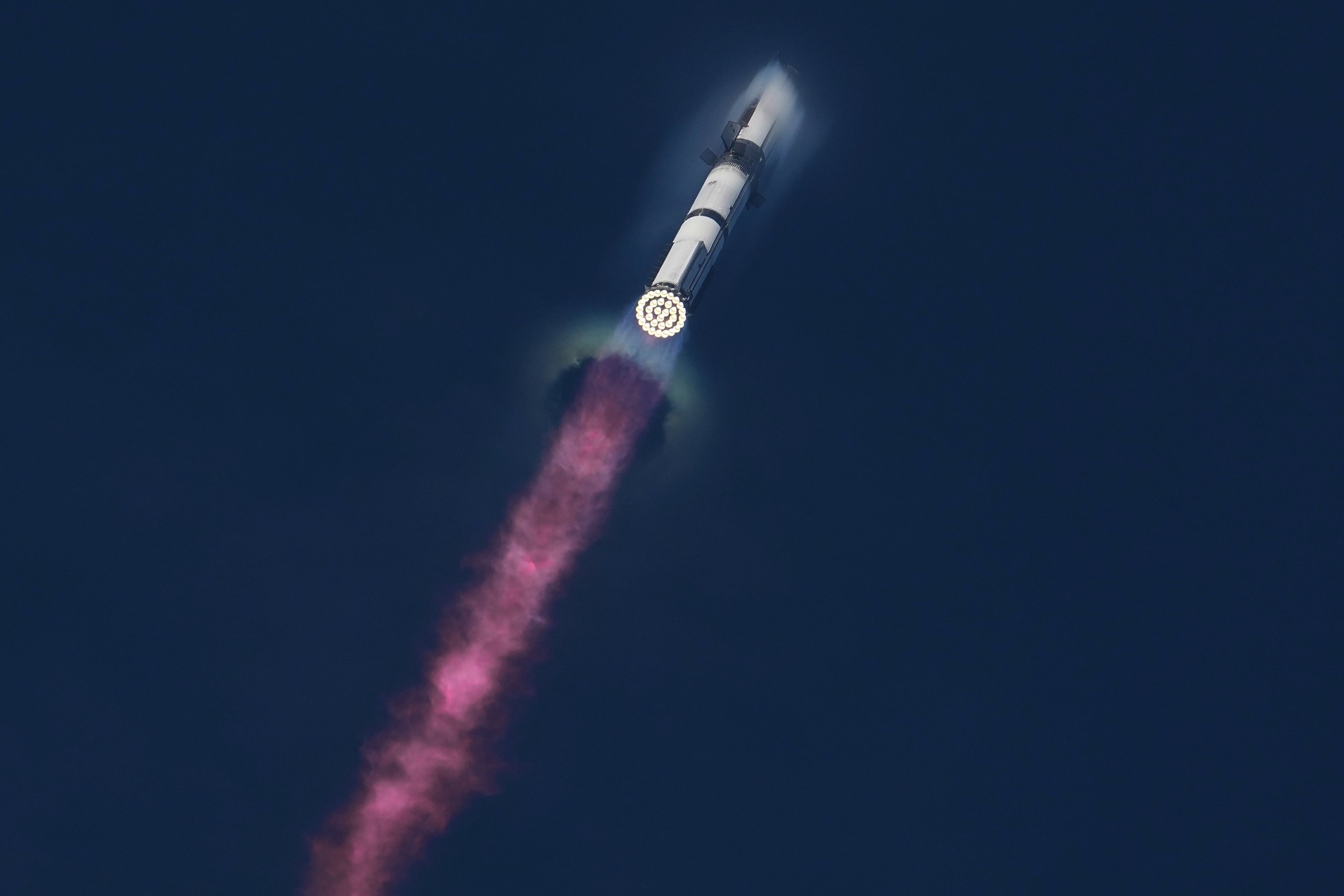
Nasa’s plan to return humans to the Moon could be set back by years due to delays with SpaceX’s Starship rocket, industry experts have warned.
Safety advisers for the US space agency said that fundamental challenges remain with Starship’s Human Landing System (HLS), which is expected to support the Artemis 3 mission in 2027.
The mission was originally scheduled for December 2025 but had to be pushed back after setbacks with Starship testing.
After visiting SpaceX’s Starbase facility in Texas last month, members of the Aerospace Safety Advisory Panel said there would likely be further delays as a result of issues with orbital refuelling of the spacecraft.
Starship’s HLS needs to be able to perform something called cryogenic propellant transfer in low Earth orbit in order to complete the Moon mission, however SpaceX is still yet to demonstrate that such refuelling is possible.
“The HLS schedule is significantly challenged and, in our estimation, could be years late for a 2027 Artemis 3 Moon landing,” said panelist Paul Hill, who is a former director of Mission Operations at Nasa.
“The next six months of Starship launches will be telling about the likelihood of HLS flying crew in 2027 or by the end of the decade.”
SpaceX secured a multi-billion dollar contract with Nasa in 2021 to build a space craft capable of landing humans on the Moon for the first time in more than 50 years.
Elon Musk’s company has performed multiple Starship flight tests since then, however progress has been stunted by explosions and technical failures.

Earlier this month, former Nasa chief Jim Bridenstine said that issues with Mr Musk’s Starship rocket meant that the US has fallen behind China in the latest space race to the Moon.
“Our complicated architecture requires a dozen or more launches in a short time frame, relies on very challenging technologies that have yet to be developed like cryogenic in-space refueling, and still needs to be human rated,” he told the Senate Committee on Commerce, Science and Transportation.
“Unless something changes, it is highly unlikely the United States will beat China’s projected timeline to the Moon’s surface.”







